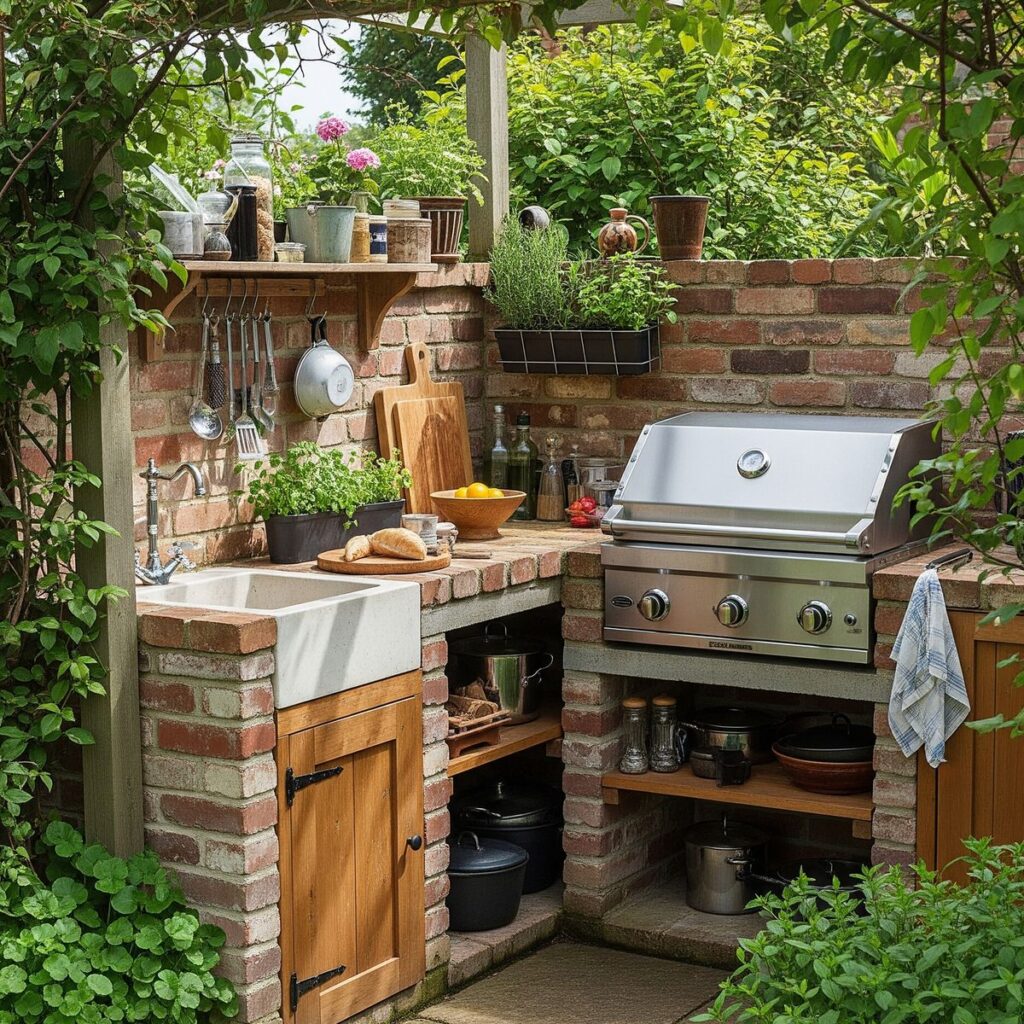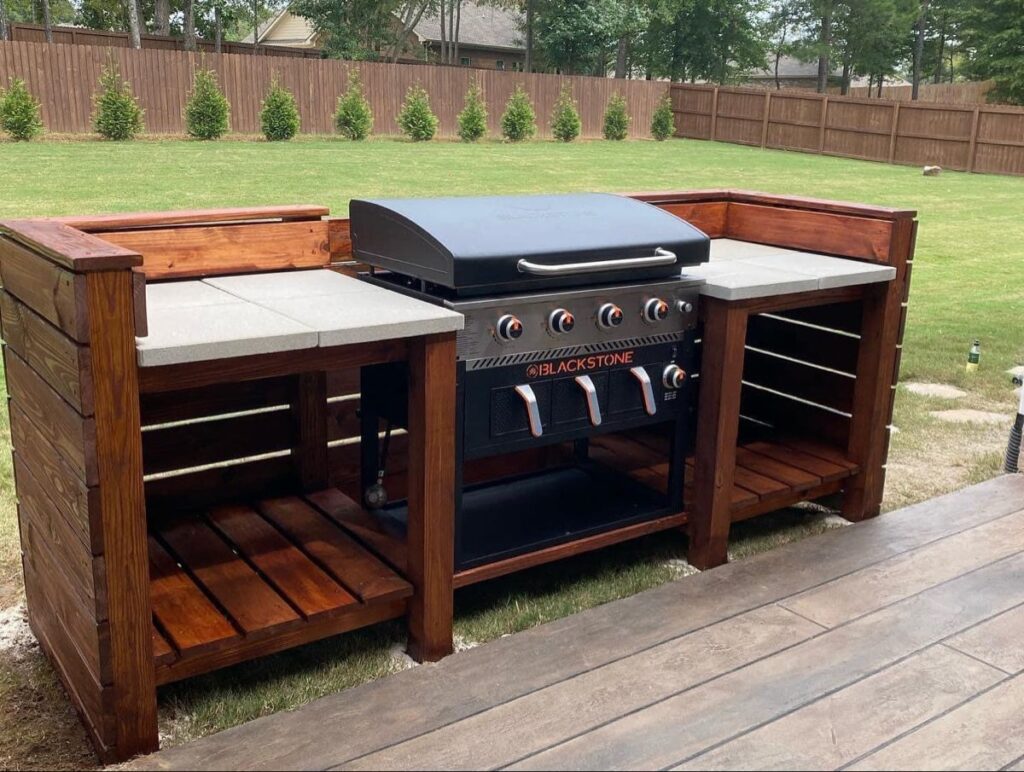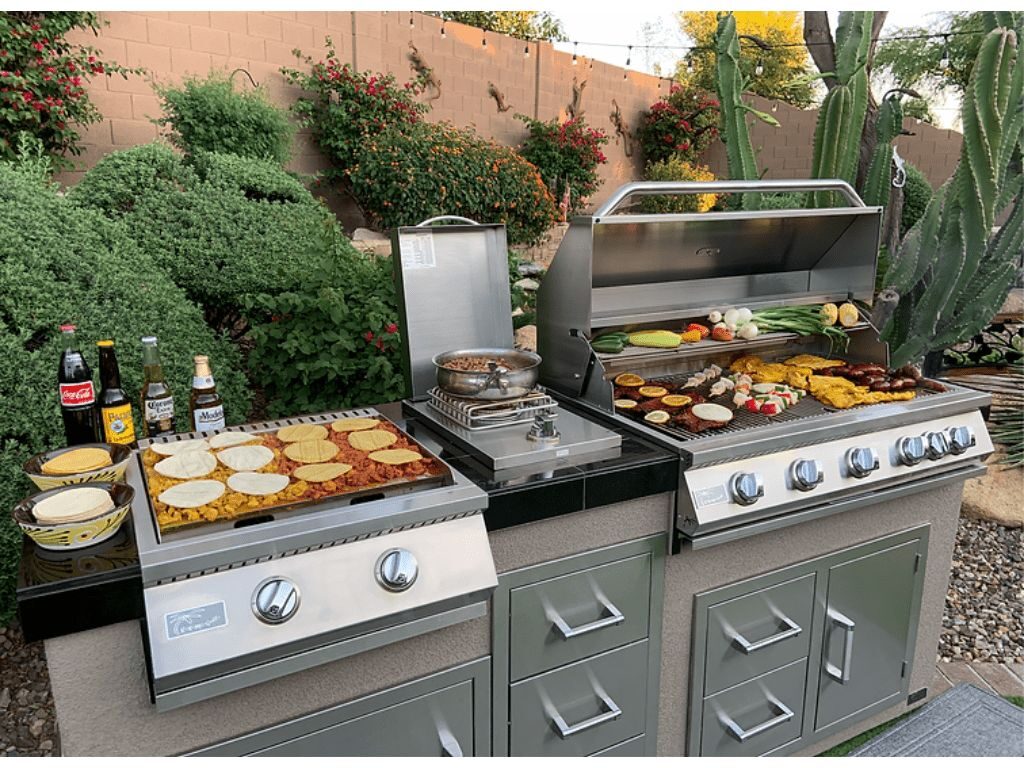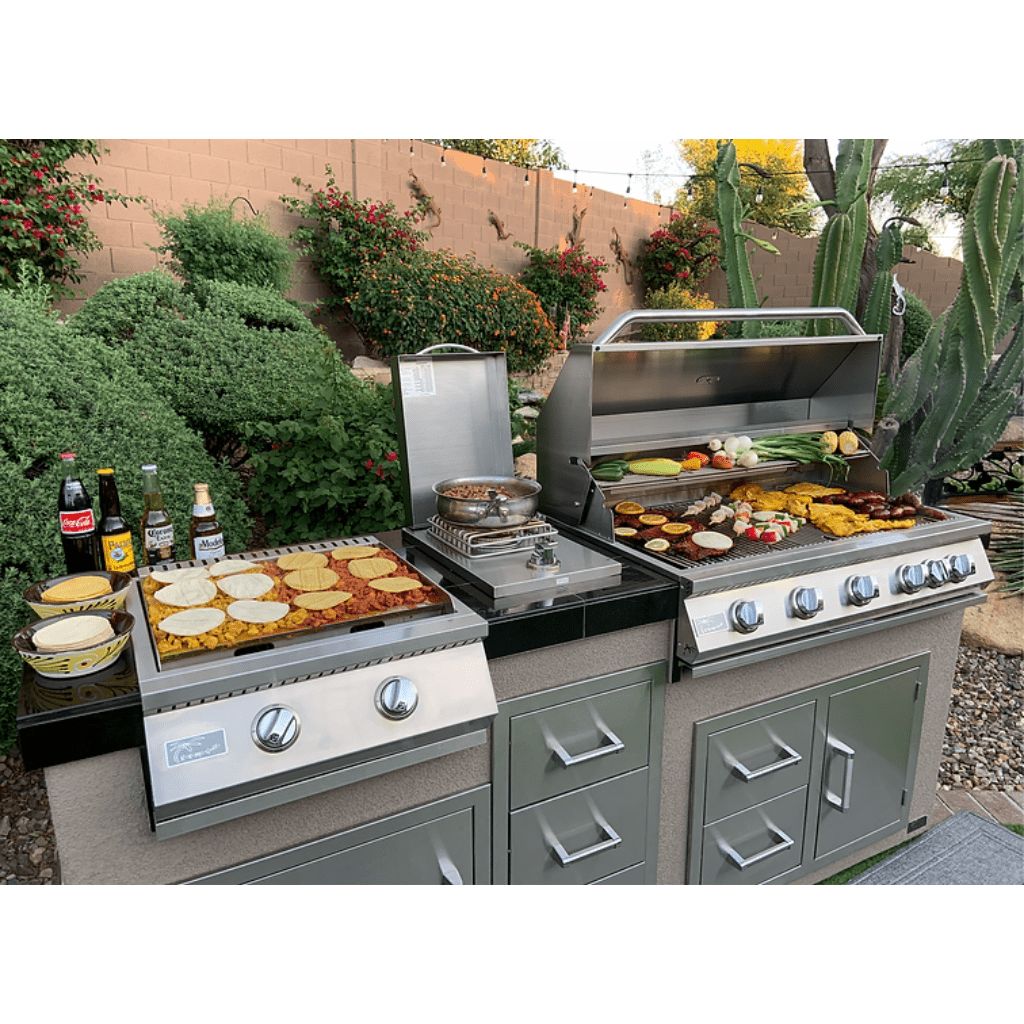Spring is here, and that means one thing—grill season is back. But before you throw on your apron and slap steaks on the grates, there’s one crucial step you can’t skip: checking if your gas grill is actually ready. Many homeowners assume last year’s grill will fire up perfectly after months in the garage. That assumption can lead to bad meals—or worse, dangerous flare-ups.
Your gas grill needs a full checkup before the season starts—cleaning, inspecting, replacing parts, and re-seasoning to ensure it’s safe, efficient, and flavor-ready.
Most grill problems don’t show until it’s too late. You don’t want to discover a blocked burner or empty propane tank when guests are already hungry. This guide walks you through the seven critical steps every grill owner must follow to get their gas grill ready for action.
Are your grill grates clean enough to cook?
Nobody wants last year’s burnt cheese stuck to this year’s burger. Dirty grates mess with flavor, cause sticking, and invite flare-ups. Before grilling anything, check the grates.
Clean grates are the first step to tasty, safe grilling. A wire brush and hot preheat will help lift off most debris. For deeper cleaning, remove the grates and soak them.
Here’s how to clean them right:
- Preheat your grill on high for 10–15 minutes.
- Turn off the burners and let the grates cool slightly.
- Use a wire brush or a nylon bristle brush to scrub off debris.
- For a deeper clean, soak grates in hot soapy water for 30 minutes.
- Rinse and dry thoroughly before putting them back.
Tools that help:
| Tool | Purpose |
|---|---|
| Wire brush | Scrapes off burned residue |
| Nylon brush | Safer alternative for coating |
| Grill cleaner | Degreases surfaces |
| Soapy water bath | Breaks down baked-on mess |


If your grates are rusted or warped, consider replacing them. Anodized aluminum grates, like GrillGrates, retain heat better and reduce flare-ups. They can even turn pellet grills into steak-searing beasts.
How do you check for gas leaks safely?
Gas leaks are dangerous. They can ruin your meal or cause a fire. Many leaks go unnoticed until ignition—by then, it might be too late.
To check for leaks, apply a soap and water solution to the hose connections and regulator. Bubbles mean gas is escaping, and that part needs fixing or replacing.
Step-by-step gas leak test:
- Mix water with a little dish soap in a spray bottle.
- Spray the solution onto all hose connections, the regulator, and the valve.
- Turn on the gas—do not light the grill.
- Watch for bubbles.
If you see bubbles:
- Turn off the gas immediately.
- Tighten the connection and retest.
- If bubbling continues, replace the faulty part.
Common leak points:
| Component | Risk level | Replace if… |
|---|---|---|
| Regulator | High | Cracks, loose fit, or whistling |
| Hose | Medium | Bulging, cracking, or stiffness |
| Tank connection | High | Loose or leaking seal |
Propane gas has a rotten egg smell added for safety. If you smell it, stop using the grill immediately.

What parts of your grill need replacing?
Grills wear out over time. The heat, grease, and weather cause parts to corrode. A quick inspection can save you from disaster later.
Burners, flame tamers, igniters, and even knobs can wear out over time. Replace rusted or broken parts to ensure even heat and safe use.
Look for these signs:
- Burners with holes or uneven flames
- Rust flakes on flame tents
- Grates that warp under heat
- Igniters that click but don’t spark
Replacement Checklist:
| Part | When to Replace |
|---|---|
| Burner tubes | Uneven flame or holes |
| Flame tamers | Rusted, flaking, or collapsed |
| Igniter battery | Clicks but doesn’t light |
| Cooking grates | Warped, rusted, or coated in grease |
Check Amazon or the manufacturer’s site for compatible replacements. Keeping spares on hand means no interruptions during cookouts.
Why does preheating your grill matter?
Many people skip preheating. That’s a mistake. Without preheating, food sticks, sears poorly, and cooks unevenly.
Preheating lets your grates reach the right temperature, kills surface bacteria, and helps develop great sear marks.
How to do it right:
- Open the lid and light the grill.
- Turn burners to high and close the lid.
- Let the grill heat for 10–15 minutes.
- Use an infrared thermometer to check temp if you want precision.
Preheating Temperature Guide:
| Grill Type | Target Temp | Use Case |
|---|---|---|
| Gas grill – high | 500–550°F | Steaks, burgers, searing |
| Gas grill – medium | 375–450°F | Chicken, veggies |
| Low and slow | 225–300°F | Ribs, roasts |
Preheating also helps release any leftover moisture or residue. You can brush it clean right after it heats.
How do you clean burner tubes properly?
Burner tubes are the heart of your grill. Blocked holes cause uneven flames and cold spots.
To clean them, remove the grates and flame tamers. Use a soft brush along the burner holes. Do not use a wire that can damage the coating.
Instructions:
- Make sure the grill is cool.
- Remove grates and flame tamers.
- Brush side to side across each burner hole.
- Use a pin to clear clogged ports.
- Wipe the entire burner with a soft cloth.
If you see large rust holes or loose ends, it’s time to replace the tube.
Which oil is best for seasoning grates?
Not all oils are equal when it comes to seasoning.
Use high-smoke-point oils like canola or avocado oil. Avoid extra virgin olive oil—it burns too fast and sticks.
How to season your grill:
- Dip a folded paper towel in oil.
- Hold with tongs and wipe the hot grates.
- Heat the grill for 10 minutes with the lid closed.
Repeat this every few uses or after a deep clean. Seasoning protects the metal and adds a natural non-stick layer.
Oil Comparison Table:
| Oil Type | Smoke Point | Safe for Grill? |
|---|---|---|
| Canola | 400°F | Yes |
| Avocado | 520°F | Yes |
| Olive (EVOO) | 375°F | No |
| Vegetable blend | 450°F | Yes |
A well-seasoned grate means cleaner flips and easier cleanup.

How can you prevent flare-ups while grilling?
Flare-ups can char food, cause grease fires, and ruin flavor.
To prevent flare-ups, clean your drip pan, trim fat from meats, and cook over indirect heat when needed.
Grease is the main culprit. Check your drip pan regularly and empty it after each use.
Tips to stop flare-ups:
- Don’t over-oil or over-marinate
- Keep a spray bottle nearby (just water)
- Turn meats more often when dripping fat
- Use indirect heat for fatty cuts like ribs or chicken thighs
Flare-Up Control Guide:
| Action | Effect |
|---|---|
| Trim meat fat | Less grease = fewer flames |
| Clean drip tray | Removes fuel for flare-ups |
| Use two-zone grilling | Moves drippy meat off flames |
| Close lid carefully | Prevents oxygen rush fire |
Grill fires are rare—but when they happen, it’s because of built-up grease and open flames.
Conclusion
A gas grill is a powerful cooking tool—but only if it’s tuned, cleaned, and safe. With just a little springtime effort, you can ensure it’s ready to deliver seared steaks, juicy burgers, and perfect veggies all season long. Follow the steps in this guide each year, and you won’t just have better meals—you’ll also extend your grill’s life, avoid dangerous surprises, and become the go-to grill master in your neighborhood.
FAQ
How long does a gas grill last?
Most gas grills last 5 to 15 years depending on use, care, and replacement parts availability.
Is it okay to use a grill with rust?
Small surface rust can be cleaned, but heavy rust on grates or burners should be replaced for safety.
Why won’t my gas grill get hot enough?
Check for gas flow issues, regulator problems, or clogged burners that could reduce heat output.
How do I store my grill for winter?
Clean it thoroughly, disconnect the propane tank, and cover it. Store in a dry, sheltered area if possible.
Can I use aluminum foil in a gas grill?
Yes, but avoid covering entire grates. Use foil pans or sheets for veggies and delicate foods only.

